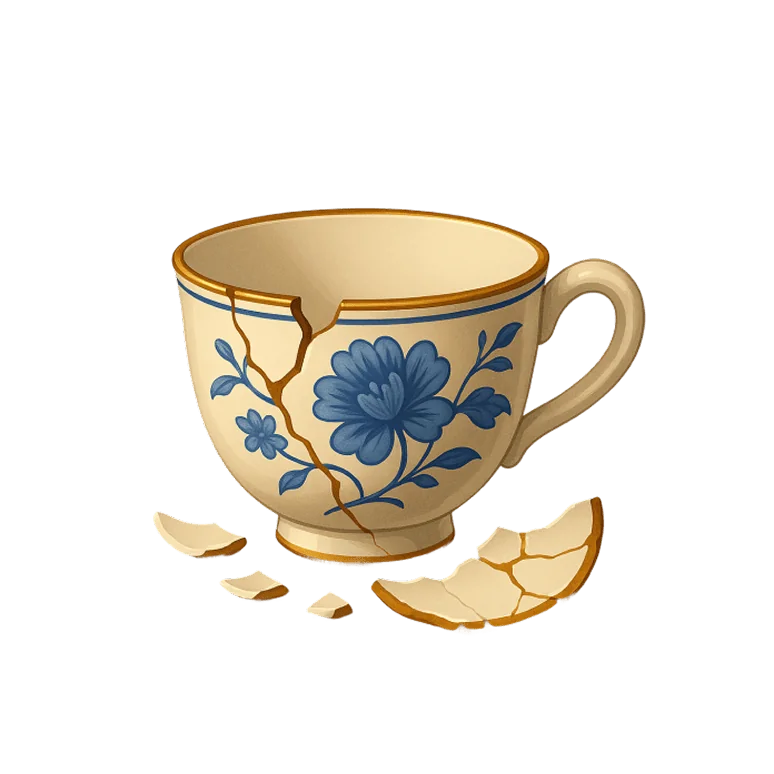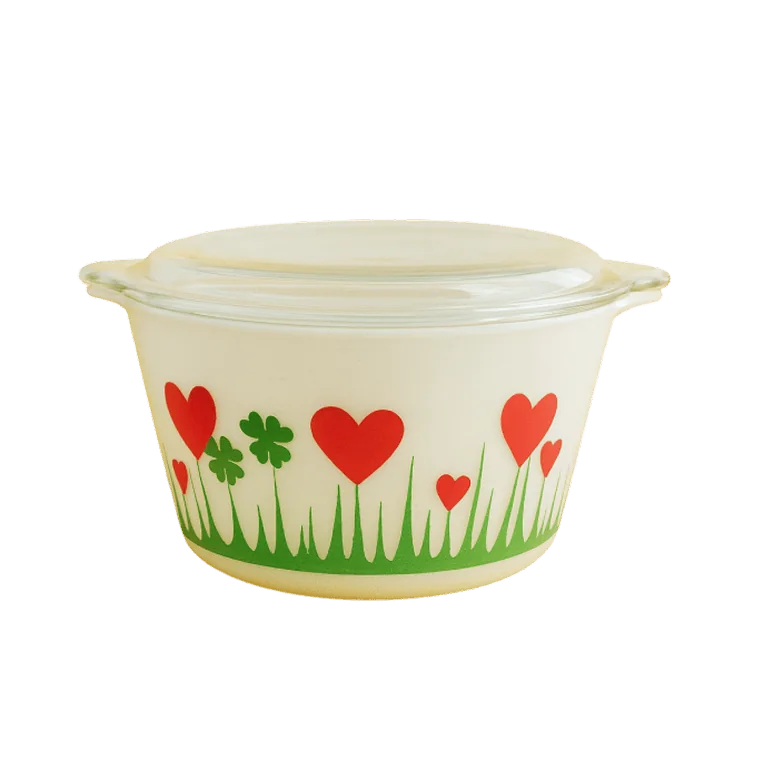
What You Should Do
- Dust Regularly — Gently
Use a soft brush or microfiber cloth to gently remove dust. This prevents buildup that can trap moisture and cause damage.
- Use Mild Soap and Water (Rarely!)
If needed, use diluted dish soap and lukewarm water — but only on non-porous surfaces. Test a small spot first.
- Handle With Gloves
Your skin's oils can tarnish metals or stain delicate fabrics. Use clean cotton or nitrile gloves when handling valuable pieces.
- Research Before Cleaning
Always check if an item’s finish, paint, or patina is part of its value. In many cases, original wear adds authenticity.
- Consult a Pro for Restoration
If you're unsure or the item is rare, it's best to ask a professional conservator. DIY cleaning can do more harm than good.

What to Avoid
- ❌ Harsh Chemicals
Never use bleach, ammonia, alcohol, or abrasive cleaners — they can strip finishes, damage surfaces, or fade original paint.
- ❌ Polishing Old Metals
Polishing antique silver or brass can remove the valuable patina. Many collectors prefer the aged look!
- ❌ Soaking Items
Avoid soaking wood, paper, or fabric antiques. Moisture can cause swelling, warping, or mold.
- ❌ Power Tools
Wire brushes or sanding tools may seem like a shortcut — but they can ruin fragile details in seconds.
Pro Tip: Sometimes "Dirty" Means Valuable
A bit of grime or oxidation can actually prove age. Cleaning too much can erase history — and value.
Before you clean anything, scan it with Zophi to learn more about its origin and materials. That way, you’ll know what you're dealing with — and what to preserve.










